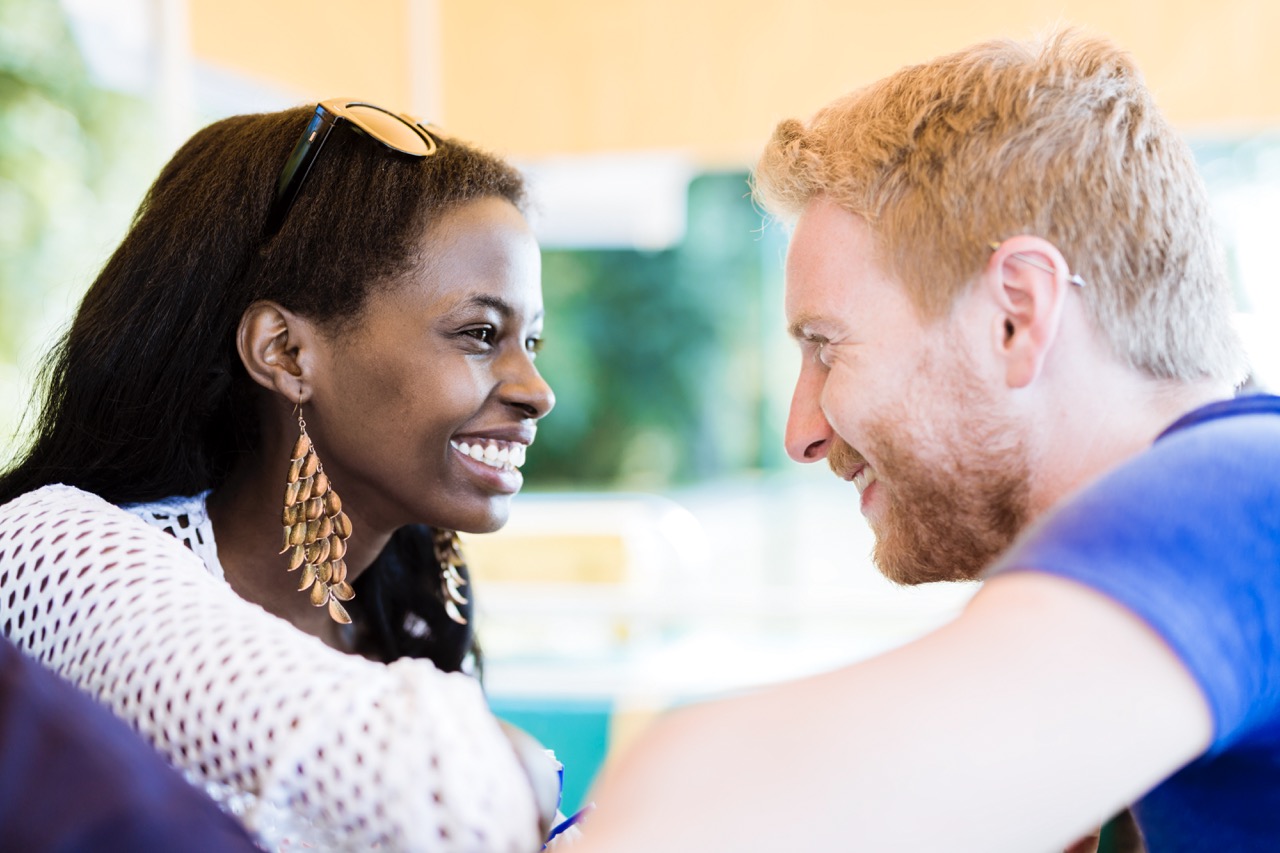In an era where technology permeates every facet of our lives, the realm of online dating has seen a remarkable transformation. Zoosk, a popular dating platform, has taken a bold leap into the future with its Behavioral Matchmaking approach. This method combines the nuances of human behavior with advanced algorithms, raising an intriguing question: Is this a breakthrough in finding love, or merely an illusion crafted by the digital age? As we delve into the intricacies of Zoosk’s innovative method, we will explore whether the science behind it truly captures the essence of human connections or if it remains an ambitious concept rooted in fiction.
Unveiling Zoosk’s Behavioral Matchmaking Approach
Zoosk’s Behavioral Matchmaking is not just a buzzword; it’s a sophisticated system designed to analyze user interactions and preferences. At its core, the platform collects data from various user behaviors, such as swipes, messages, and profile visits. By observing these actions, Zoosk creates a unique profile for each user, which serves as the foundation for matching potential partners. This innovative approach allows for a dynamic understanding of compatibility that evolves with user engagement, rather than relying solely on static questionnaire answers, as seen in more traditional dating sites.
The Behavioral Matchmaking system provides users with personalized recommendations, aiming to foster meaningful connections that might not be immediately apparent. This means that users are not just matched based on superficial traits but on a deeper analysis of their actual behaviors and preferences. The marriage of technology and psychology reflects a shift from mere algorithms to a more holistic understanding of potential partners. The promise lies in its ability to adapt over time, as it learns from user feedback and interactions, thus creating a fluid dating experience.
However, this innovative approach raises questions about privacy and data usage. Users must consider the implications of having their behaviors tracked and analyzed by an algorithm designed to predict romantic compatibility. While many appreciate the personalization that comes with such technology, others may feel uneasy about how much of their personal life is being scrutinized. As we navigate this new era of online dating, it is essential to weigh the benefits of Behavioral Matchmaking against the ethical considerations of data collection.
The Science Behind Finding Your Perfect Match
At the heart of Zoosk’s approach lies a foundation of psychological principles and relationship science. The platform utilizes a variety of metrics to gauge compatibility based on established theories of attraction and connection. For instance, it incorporates factors such as proximity, similarity, and reciprocation — all of which are pivotal in forming lasting relationships. By leveraging these principles within its algorithm, Zoosk endeavors to create matches that not only align with user preferences but also reflect deeper psychological compatibility.
Research in psychology indicates that behavioral patterns can reveal significant insights into a person’s character and relationship potential. Zoosk taps into this knowledge by monitoring user interactions and engagement levels, thus building a comprehensive understanding of what users truly seek in a partner. By analyzing these behaviors over time, the platform aims to refine its recommendations, ideally leading to more successful matches. This science-backed methodology aspires to bring users closer to their ideal partners, all while enhancing their dating experience.
Moreover, the data-driven approach signifies an important shift in how we view relationships in the digital age. It suggests that love can be quantified and understood through patterns, offering a sense of hope for those navigating the often perplexing world of dating. By using science as a compass in the matchmaking process, Zoosk empowers users to make informed decisions about their romantic endeavors, fostering connections that are both meaningful and lasting.
Can Algorithms Really Understand Human Connections?
While Zoosk’s Behavioral Matchmaking is grounded in scientific principles, the question remains: can algorithms truly comprehend the complexities of human emotions and relationships? Human connections are deeply nuanced, shaped by a myriad of factors that extend beyond observable behaviors. Emotions, personal histories, and unique life experiences all play significant roles in defining attraction and compatibility. As sophisticated as Zoosk’s algorithms are, they may still fall short of capturing the full spectrum of what it means to connect with another person.
Critics argue that relying heavily on algorithms to facilitate human relationships could lead to a superficial understanding of love. While data can certainly highlight patterns and preferences, it cannot fully encapsulate the serendipity, chemistry, and emotional depth that often accompany romantic connections. Relationships are imbued with unpredictability and spontaneity, elements that are difficult for any algorithm to quantify comprehensively. Thus, while Zoosk’s Behavioral Matchmaking may enhance the dating experience, it is essential to approach it with an understanding of its limitations.
Yet, the very existence of such advanced matchmaking tools ignites a dialogue about the future of love in a tech-driven world. People are increasingly turning to technology to navigate their romantic lives, and platforms like Zoosk can facilitate introductions that might not happen otherwise. By encouraging users to explore new connections, it fosters an environment where relationships can blossom, albeit with the caveat that genuine human interaction remains irreplaceable. Ultimately, the challenge lies in balancing technological advancements with the authentic experiences that define our connections.
Exploring the Future of Love: Tech Meets Heartstrings
As technology continues to evolve, so too does the landscape of human relationships. Zoosk’s Behavioral Matchmaking represents a pivotal moment in the intersection of love and technology, demonstrating how digital tools can enhance our understanding of romantic compatibility. By integrating behavioral science into the matchmaking process, the platform aims to bridge the gap between traditional dating methods and the modern digital experience. However, this journey is still in its infancy, and the future holds boundless potential for further innovation.
Looking ahead, we can envision a world where technology not only aids in finding love but also enriches the emotional experience of relationships. Imagine platforms that integrate virtual reality to simulate dates or utilize artificial intelligence to offer relationship advice based on real-time interactions. The possibilities are vast, and as we explore these advancements, it is crucial to remain grounded in the understanding that technology should serve as an aid, not a replacement for genuine human connections.
Ultimately, the future of love is a harmonious blend of technology and humanity. As we embrace the innovation brought forth by platforms like Zoosk, we must remember that the essence of relationships lies in authenticity, empathy, and understanding. By harnessing the power of algorithms while cherishing the emotional depth that defines love, we can create a dating landscape that not only facilitates connections but also celebrates the beautiful complexities of human relationships.
In conclusion, Zoosk’s Behavioral Matchmaking invites us to reimagine how we approach love and connections in the modern age. While it is underpinned by scientific principles and offers the promise of personalization, we must navigate this digital landscape with awareness of its limitations. As we stand at the crossroads of technology and romance, we are reminded that while algorithms can enhance our dating experiences, the heart of love remains a deeply human endeavor. In this ongoing journey, let us embrace the balance between innovation and authenticity, ensuring that as we connect through technology, we never lose sight of the genuine emotions that bind us together.





